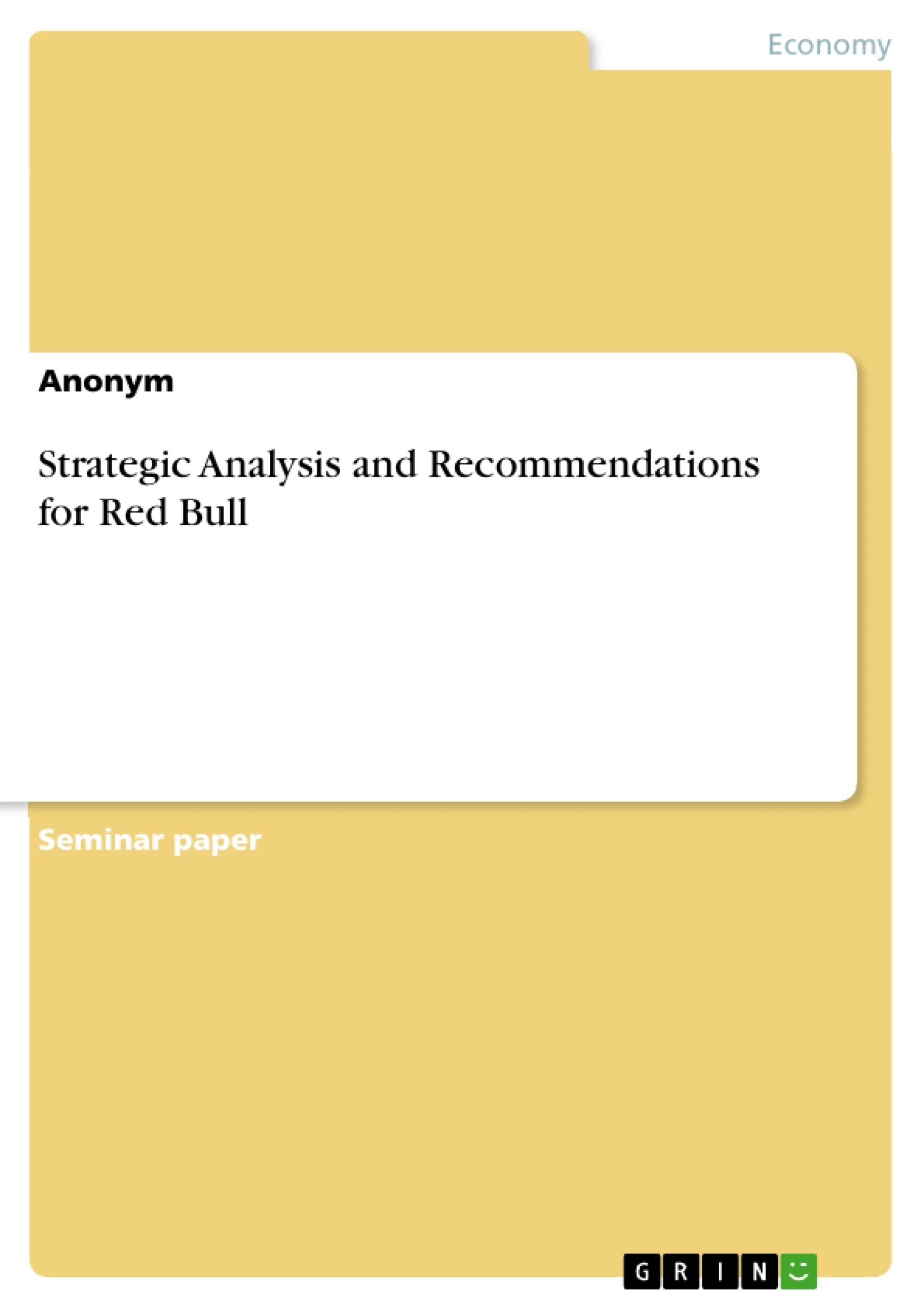Red Bull GmbH is one of the largest companies globally in terms of innovation. It is this competitive edge in innovation that enabled the company to transition its product from an unstable drink to a leading energy drink globally.
The Austrian company was founded in 1987 and has so far grown to occupy the largest share of the energy drink market, selling 7.5 billion cans in the year ending 2019. Red Bull’s main strength is in its marketing campaigns. Instead of following a traditional approach to mass marketing, Red Bull generates brand awareness through the creation of a brand myth by engaging customers in multiple activities and experiences, including extreme sports events.
Red Bull also owns sports teams such as Formula One team, football clubs such as Red Bull Salzburg and so on. Other marketing activities include music engagement through Red Bull Records, as well as celebrity endorsements. Apart from its sports-centred marketing being innovative, the cost of this approach is lower than the conventional methods used by other beverage companies such as Coca-Cola.
Despite its marketing success, the company faces the problem of lacking a patent for the company’s product formula. As such, many companies used Red Bull’s secret ingredients to develop competing products. Furthermore, Red Bull has received negative press regarding the potential health risks associated with some of its products.
Table of Contents
Task 1: Introduction
Industry and Company Outline
Red Bull’s Mission and Vision
Red Bull’s Strategic Process
European Market
Task 2: External Analysis
Red Bull’s PESTEL Analysis
- Political Factors
- Economic Factors
- Socio-cultural Factors
- Technological Factors
- Ecological or Environmental Factors
- Legal Factors
Porter’s Five Forces
Opportunities and Threats
Task 3: Internal Analysis
Strategic Drift
Bowman’s Strategic Positioning
Mckinsey 7s Model (Organisational Performance)
- Strategy
- Structure
- System
- Style and Culture
- Staff
- Skills
- Shared values
Strengths and Weaknesses
Task 4: Strategies
Red Bull TOWS
Porter’s Generic Process
Ansoff Matrix (Strategic Planning)
BCG Matrix
Strategic Partnership
Financial Strategy
Research and Development Strategy
Task 5: Evaluation
SAF model
Suitability
Acceptability
Feasibility
Conclusion
References



